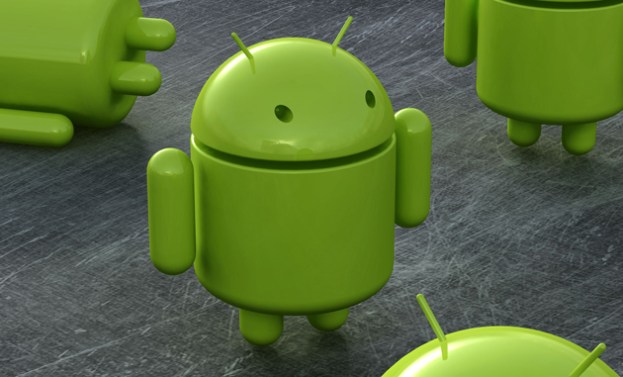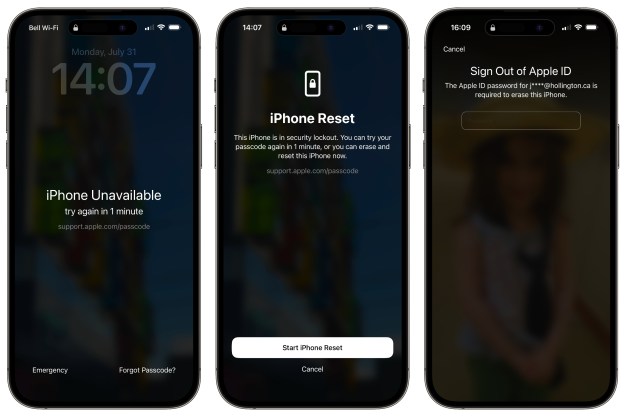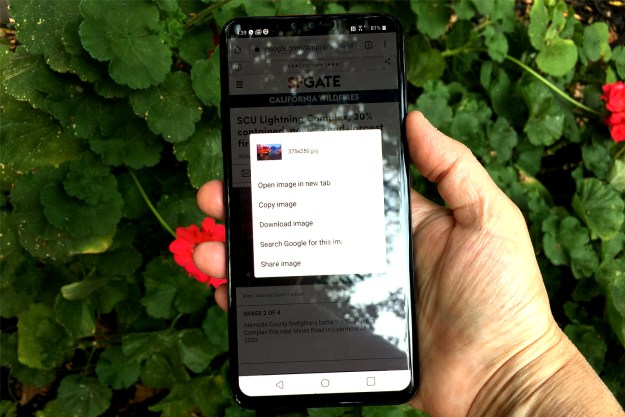
Further solidifying its dominance as the No. 1 mobile operating system, Android secured 53 percent of all ads served to mobile devices during the second quarter, according to the 50th report from Millennial Media, the largest independent ad network.
Apple’s iOS came in second with 27 percent share of the market, but the discrepancy between the ads served to the two operating systems is primarily due to the fact that there are simply far more Android phones available than there are iPhones. More than two-thirds of the top 20 devices that made Millennial’s list run Android, compared to only four iPhones (original iPhone, 3G, 3G S and iPhone 4) available.

When looking at individual handsets, however, Apple remains king, with 16.2 percent of all ads served to mobile phones going to an iPhone. The iPhone has held strong as the number one ad target since 2009. Coming in second is Research In Motion‘s BlackBerry Curve, with 5.6 percent. The Motorola Droid, Samsung Nexus S and BlackBerry Bold 2 round out the top five devices, with between about 3 and 2 percent ads being served to those devices.
For mobile devices overall (not just smartphones), Apple also holds the leader spot, with 30.8 percent of ads going to iOS devices. Since 2009, Apple has grown more than any other company, with a jump in device usage clocking in at about 20 percent.

Contributing to Apple’s lead are the iPod touch and iPad, which rank as the top two connected (non-smartphone) devices. Samsung’s Galaxy Tab is the third most-connected device, helping Samsung rank as the number two mobile device manufacturer overall, with nearly 15 percent of the market. Making up the top five are RIM with 11.8 percent, HTC with 9.92 percent and Motorola with 9.14 percent.
Some other notable stats from the report include: 60 percent of devices reached by Millennial’s network are touchscreen, up from only 33 percent two years ago; only 11 percent of devices that receive ads have a non-QWERTY keypad; devices with a QWERTY keyboard have dropped from 36 percent in 2009 to just 14 percent today.
The number of smartphones on the market grew by 8 percent quarter-over-quarter. Connected devices enjoyed a 13 percent quarter-over-quarter growth.
Editors' Recommendations
- How to find your phone number on iPhone or Android
- Here’s how Apple could change your iPhone forever
- The 10 best photo editing apps for Android and iOS in 2024
- We now know when Apple is adding RCS to the iPhone
- iOS 18 could make my iPhone look like Android, and I hate it


